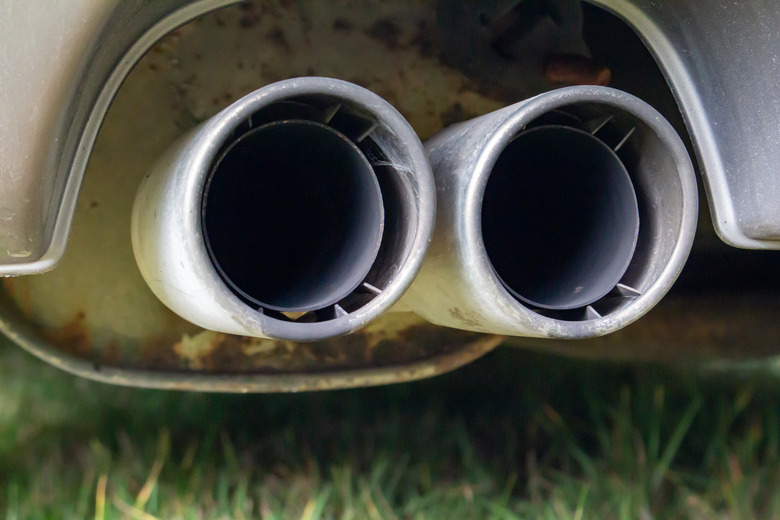How Does Burning Fossil Fuels Affect The Nitrogen Cycle?
Nitrogen helps sustain the diversity of plant life, the balance between grazing animals and predators, and the processes that control the production and cycling of carbon and various soil minerals. It is found in controlled concentrations in many ecosystems, both on land and in the sea. The burning of fossil fuels from various industrial processes adds nitrogen and nitrous oxide compounds to the atmosphere, which upsets the balance of natural nitrogen, polluting ecosystems and altering the ecology of entire regions.
Increased concentrations of nitrous oxide globally add to the greenhouse affect, which is steadily warming the Earth. The release of nitric oxides into the air in large quantities causes smog and acid rain that pollutes the atmosphere, soil and water and affects plants and animals. The increase in nitrogen and nitrous oxide is caused by automobiles, power plants and a wide variety of industries.
As nitrous oxides filter into soil, it loses nutrients like calcium and potassium, which are essential for maintaining a balance in plant ecosystems. With the loss of these compounds, soil fertility declines. Also, soils become significantly more acidic, as do stream systems and lakes as the nitrogen feeds into the water supply. Nitrogen is transported in great quantities from rivers into estuaries and coastal water areas, where it is considered a pollutant.
This upset in the balance of the nitrogen cycle affects biological diversity. Plants that have adapted over millions of years to low-nitrogen soil struggle to survive. This in turn affects the microbes and animal life that depend on the plants for food. Ultimately, humans are affected. Declining output from fisheries is thought to be due in part to excessive nitrogen in coastal ecosystems.
Increases in nitrogen concentrations have been difficult to trace, but scientists from Brown University in Rhode Island are measuring the presence of different nitrogen isotopes to find the source of nitrogen in different areas. Scientists have found that nitrogen-14 to nitrogen-15 ratios, based on ice cores taken in Greenland, have changed since the Industrial Revolution. With a record of nitrates going back to 1718, the biggest change in the ratio happened between 1950 and 1980, after fossil fuel emissions rapidly increased.
Cite This Article
MLA
Kirmayer, Andy. "How Does Burning Fossil Fuels Affect The Nitrogen Cycle?" sciencing.com, https://www.sciencing.com/burning-fuels-affect-nitrogen-cycle-5117705/. 22 November 2019.
APA
Kirmayer, Andy. (2019, November 22). How Does Burning Fossil Fuels Affect The Nitrogen Cycle?. sciencing.com. Retrieved from https://www.sciencing.com/burning-fuels-affect-nitrogen-cycle-5117705/
Chicago
Kirmayer, Andy. How Does Burning Fossil Fuels Affect The Nitrogen Cycle? last modified August 30, 2022. https://www.sciencing.com/burning-fuels-affect-nitrogen-cycle-5117705/
